The Evolution of Running: Embracing Minimalist Running Shoes
The concept of minimalist running has been gaining momentum over the past decade, challenging traditional running shoe designs and encouraging a more natural stride. Minimalist running shoes are lightweight, with minimal cushioning and support, promoting a forefoot or midfoot strike rather than the heel strike common with conventional footwear. This shift has been driven by a desire to reduce injury risk, improve running efficiency, and reconnect with the inherent mechanics of the human body. As we delve into the intricacies of minimalist footwear, we’ll explore the science, benefits, and considerations for incorporating these shoes into your running routine.
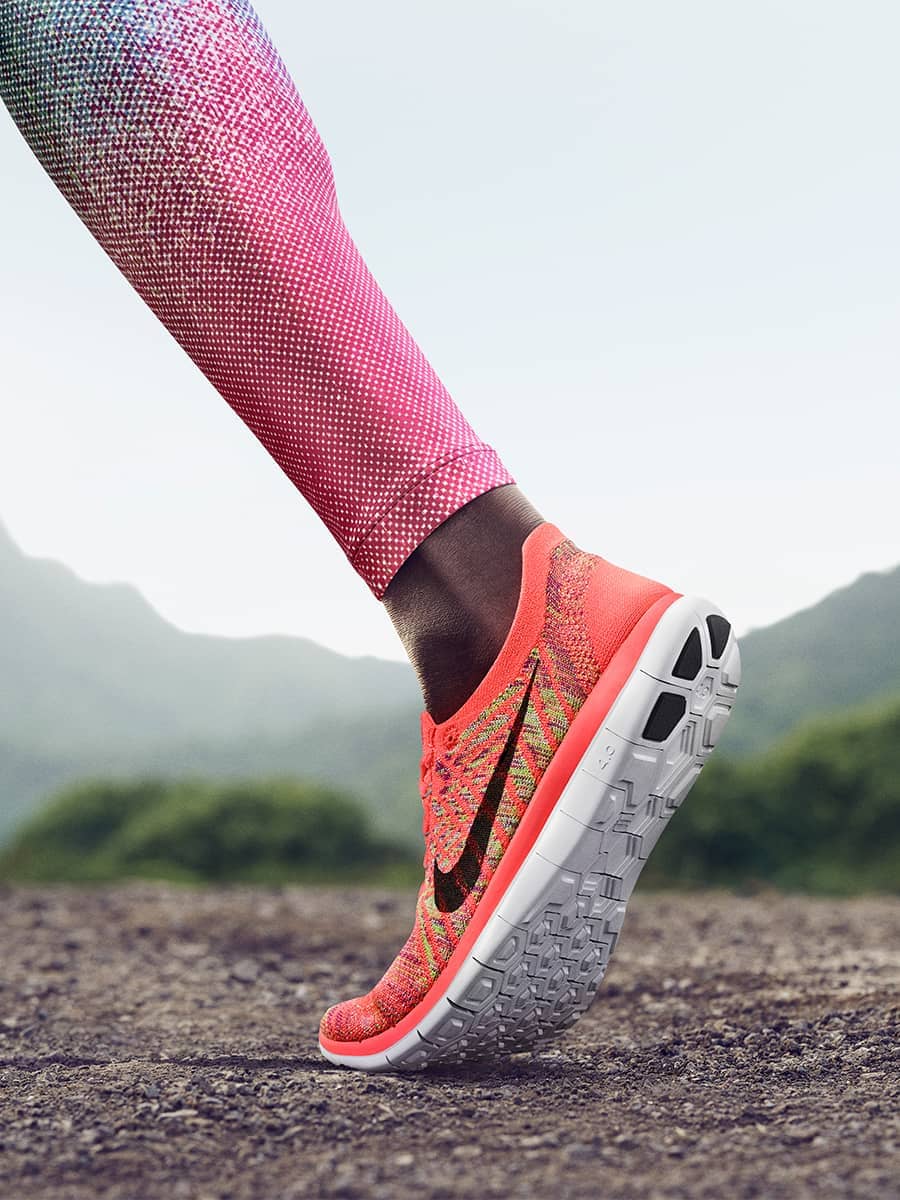
Understanding the Science Behind Minimalist Running Shoes
The scientific community has weighed in on the minimalist movement, with studies suggesting that a more natural running style can lead to lower injury rates. According to a review published in the British Journal of Sports Medicine, “Runners who have switched to minimalist shoes have reported fewer injuries and improved running economy.” This is attributed to the shoes’ design, which encourages a more efficient running form that aligns with the body’s natural biomechanics.
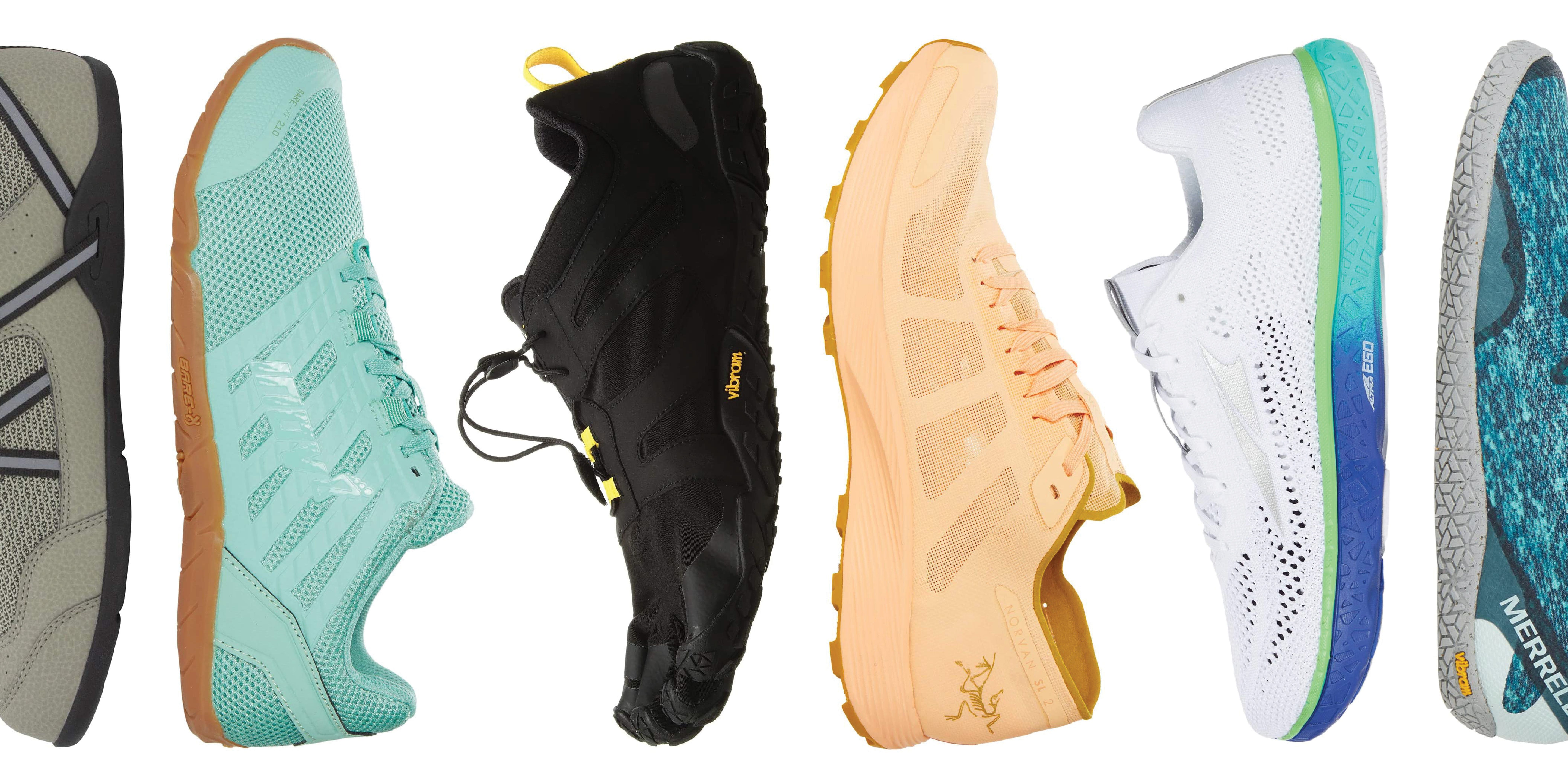
Transitioning to Minimalist Running Shoes: A Personal Journey
For many runners, the transition to minimalist running shoes is not just a change in footwear but a journey of rediscovery. It’s about learning to listen to the body’s cues and adapting to a new way of moving. This process often requires a gradual shift, allowing the muscles and tendons to strengthen and adapt to the reduced support. As a runner, I found that starting with shorter distances and increasing gradually was key to a successful transition.
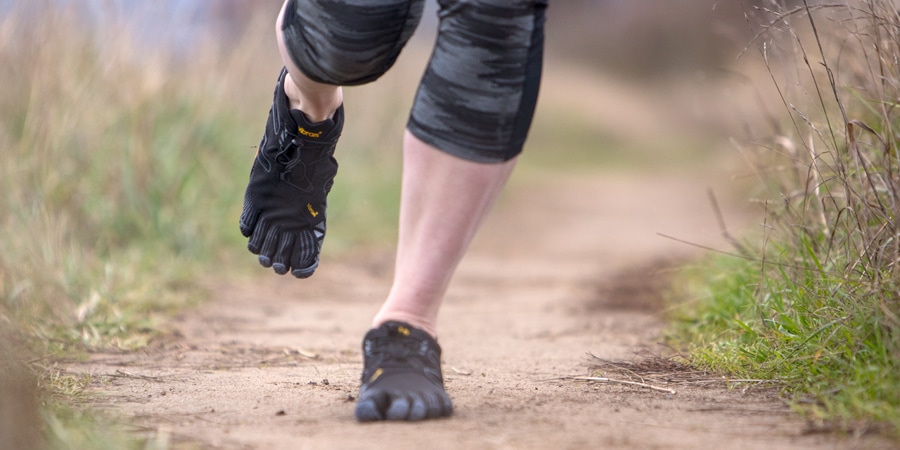
Benefits and Drawbacks: Weighing the Pros and Cons
While the benefits of minimalist running shoes are compelling, it’s important to consider potential drawbacks. For some runners, the lack of cushioning can lead to increased stress on joints and muscles, particularly during the initial transition period. However, for others, the improved proprioception and reduced weight can significantly enhance performance and reduce the likelihood of common running injuries such as shin splints and plantar fasciitis.
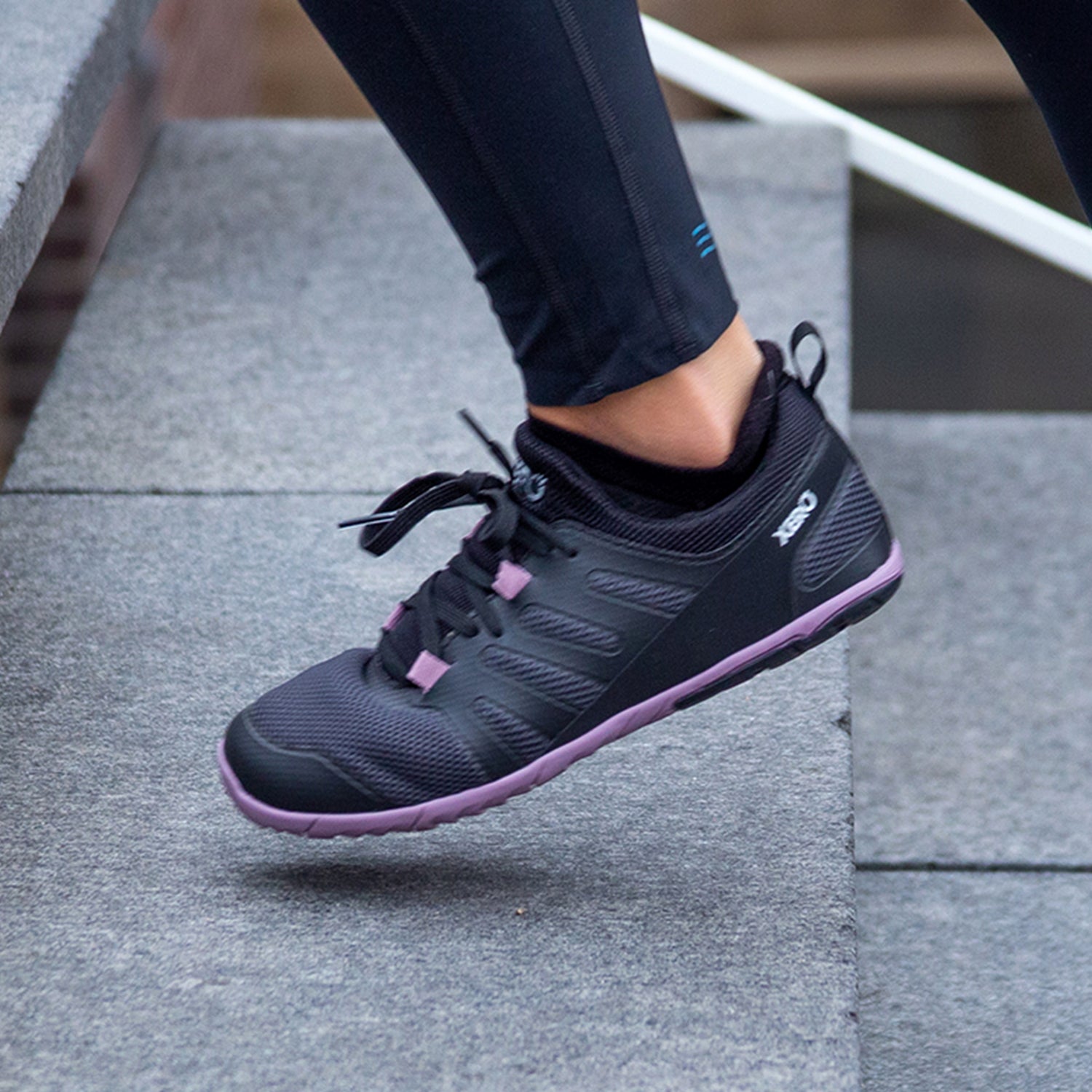
Selecting the Right Minimalist Running Shoes for You
Choosing the right pair of minimalist running shoes is crucial for a successful experience. It’s not just about finding a shoe that fits but also one that aligns with your running style and goals. Factors to consider include the shoe’s flexibility, ground feel, and weight. As a personal preference, I lean towards shoes that offer a balance between protection and the sensation of running barefoot.
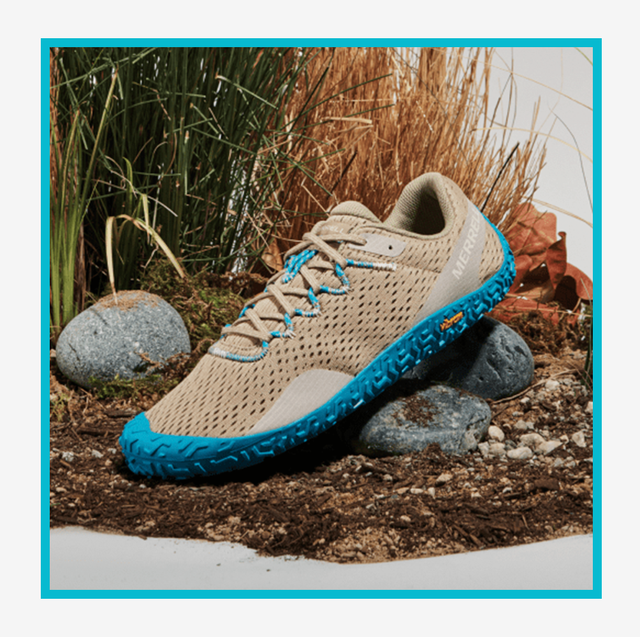
Conclusion: Embracing the Minimalist Mindset
The journey into the world of minimalist running shoes is a personal one, with each runner’s experience being unique. Whether you’re seeking to reduce injury risk, improve efficiency, or simply reconnect with the joy of running, these shoes offer a compelling alternative to traditional footwear. As you explore this minimalist mindset, remember to listen to your body, adapt at your own pace, and enjoy the process of discovery.
